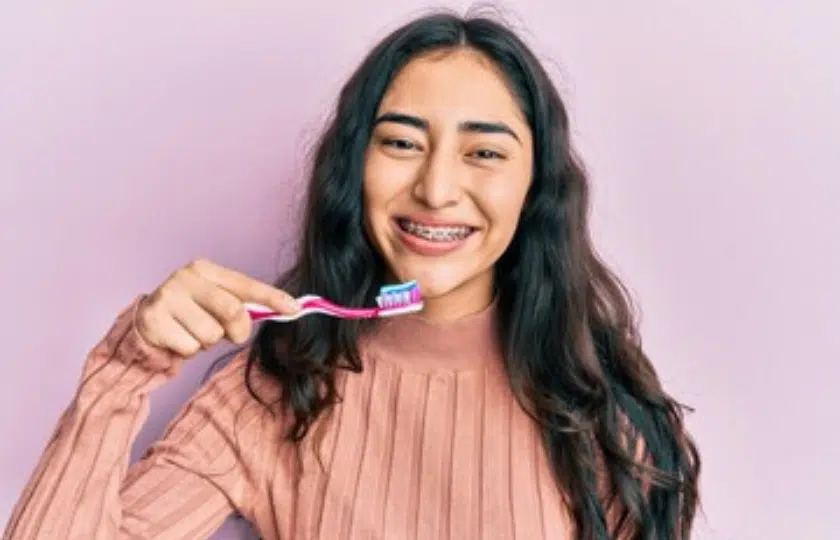
An Essential Guide To Choosing The Right Toothbrush When You Have Braces
Braces are an investment in your future dental health, but they can also make it difficult to find the right products. One of the most important tools in your oral hygiene toolkit is a toothbrush but with so many options available, how do you know which one is best for you? This guide will provide essential tips for choosing the right toothbrush when you have braces. From selecting a brush head size and material to understanding what type of bristles work best for your orthodontic appliance, we’ll cover everything you need to know so that you can keep your smile healthy — even with braces!Different types of toothbrushes
When you have braces, it is important to choose the right toothbrush to ensure that your teeth and gums are properly cleaned. There are three main types of toothbrushes: manual, electric, and sonic. Manual toothbrushes are the most common type of toothbrush. They come in a variety of shapes and sizes and can be used with different bristles (soft, medium, or hard). Electric toothbrushes are also becoming more popular. They are battery-operated and vibrate to help remove plaque and debris from teeth. Sonic toothbrushes are the newest type of toothbrush on the market. They use ultrasonic waves to clean teeth and are said to be more effective than manual or electric toothbrushes. No matter which type of toothbrush you choose, it is important to brush your teeth correctly. Be sure to use gentle circular motions and avoid scrubbing back and forth, as this can damage your braces. Be sure to brush for two minutes at least twice a day, and floss daily to keep your smile healthy and plaque-free!Which type of toothbrush is best for braces?
If you have braces, you may be wondering which type of toothbrush is best to use. There are a few different types of toothbrushes that can be used with braces, including: -Soft bristle toothbrushes: These types of toothbrushes are gentle on the gums and teeth and are ideal for people with braces. -Electric toothbrushes: Electric toothbrushes can be a good option for people with braces because they can help remove plaque and bacteria from the teeth and gums. -Interdental brushes: Interdental brushes are small, hand-held brushes that can be used to clean between the teeth. They can be a good option for people with braces who have trouble reaching all areas of their mouth with a regular toothbrush.How often should you replace your toothbrush when you have braces?
If you have braces, you should replace your toothbrush more often than if you don’t have braces. The American Dental Association (ADA) recommends that you replace your toothbrush every three to four months, or sooner if the bristles become frayed. If you have braces, it’s important to choose a toothbrush with soft bristles. Harder bristles can damage your braces and irritate your gums. You should also look for a toothbrush with a small head so that it can more easily reach all of your teeth. Be sure to brush gently but thoroughly twice a day, using circular, back-and-forth, and up-and-down motions. Don’t forget to floss at least once a day to remove plaque and food particles from between your teeth and under your gumline. With proper care, your braces will help you achieve a beautiful, healthy smile!Conclusion
Finding the right toothbrush for those with braces can be a challenge. However, now that you have read this guide, hopefully, you feel more confident about choosing one for yourself or your family member. It’s important to keep in mind that each person is different and what works for one might not work for another. Nevertheless, as long as you use a soft-bristled brush specifically designed for braces wearers, then you should be able to effectively clean your teeth and maintain good oral health while wearing braces.FAQS
When you have braces, choosing the right toothbrush is essential to keeping your teeth and gums healthy. There are a few things to consider when selecting a toothbrush, including the type of bristles, the size of the brush head, and the handle. Here are three FAQs to help you choose the best toothbrush for your needs:- What type of bristles should I look for in a toothbrush?
- How big should the brush head be?
- What kind of handle should I get?
Tags: Braces, Choosing The Right Toothbrush When You Have Braces, Type of toothbrush is best for braces
